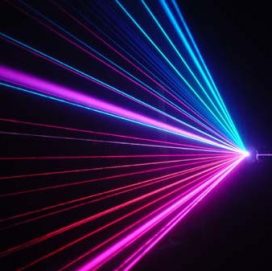 NASA has begun to integrate and test equipment for a mission that will transition operations from the use of radio to laser communications at the Goddard Space Flight Center in Maryland.
NASA has begun to integrate and test equipment for a mission that will transition operations from the use of radio to laser communications at the Goddard Space Flight Center in Maryland.
The space agency said Saturday the Laser Communications Relay Demonstration mission aims to boost the connection between astronauts and spacecraft at 10 to 100 times better data rates compared to radio communications.
Dave Israel, principal investigator of the LCRD, said the project will work to demonstrate the capacity of laser communications systems to support and boost NASA’s communications infrastructure.
LCRD will build on the Lunar Laser Communications Demonstration which was flown onboard a spacecraft that orbited the moon in 2013 and showcased a capacity to transmit six times as much data per second compared to other communications platforms.
NASA noted the LCRD will also work to pioneer data transmission through lasers and demonstrate the potential benefits of laser communications for future applications and missions such as the Integrated LCRD Low-Earth Orbit User Modem and Amplifier Terminal and Optical-to-Orion projects.
Massachusetts Institute of Technology’s Lincoln Laboratory works with NASA’s Space Technology Mission Directorate and Space Communications and Navigation program office to support the LCRD mission which will launch aboard a Space Test Program spacecraft in 2019.




